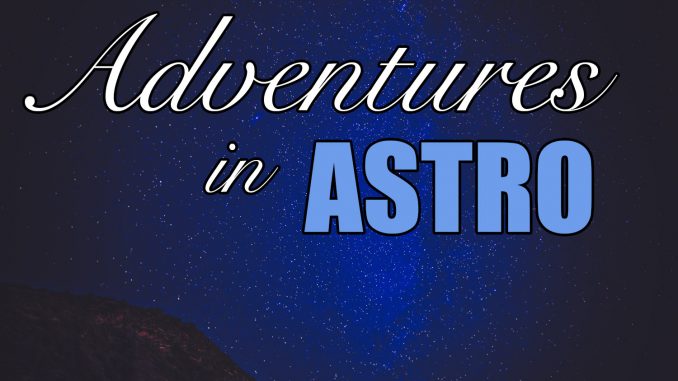
My first time Astro Shooting in Sedona with the Sony 24mm f/1.4 G Master!
Hey guys! Happy Monday (is there such a thing)? This past weekend I was in Sedona with five or six photographer friends to try our hand at Astrophotography with the Sony 24mm G Master Lens. Now, I am NOT an Astro Shooter though it has always fascinated me. I used to look at photos shot by Astro pros and they would blow my mind. I understood that stacking was necessary to really get those good shots and it was said to be a very time consuming ordeal. Well, how times have changed. With the new breed of cameras we have in 2018, Sony is still the leader in some areas, low light and higher ISO being one of them. With the A7RIII for example, one can set up their camera on a tripod, aim it at the night sky, set your ISO for 800 and shutter to 20 Seconds or so with a lens like the 24 set to f1.4. After 2o seconds the camera will do its noise reduction thing for another 20 and you will then be presented with an image that shows you crazy stars in the sky! EASY as 1-2-3!
See the video below on this experience over the weekend!
My 1st attempt at Astro with an A7RIII and 24 G Master. Shot at f/1.4, ISO 800 and 25 Seconds. NO stacking, no real PP here. Just a contrast boost in post.
With the new 24 G Master prime being hailed as an amazing Astro lens due to its ability to render pinpoint stars in the night sky (when you know what you are doing of course) many photographers who are creatures of the night are raving about this lens.
One guy is Stan Moniz and I highly suggest seeing his work over at his YOUTUBE CHANNEL HERE. Man, if I had 25% of Stans Astro skills I would be out in the desert every night, but he has inspired me to do just that in the coming weeks so I can improve my start shooting skills. I live in AZ, and I have many areas with dark Skys to try and get better at this. But I do not want to get ahead of myself here! Stan was with us to show those of us who were not experienced with Astro just how to do it, getting the basics down. How to set up your camera, formulas for setting up your camera, and his advice for the 24 1.4? USE IT AT f1.4! It’s that good he says, and I believe him. I reviewed that lens a while back and it’s a BEAUTY. Small, light, blazing fast AF, incredible close focus and one of the best G Master Lenses made to date (IMO).
I did a little PP on this one…but those blue skies are stunning!
During this time in Sedona I hung out with Ted Forbes who is from The Art of Photography channel on YouTube. Ted is an awesome guy and a hoot to hang around with (as you will see in the video at the top of this page) and he himself also had no experience with Astrophotography! We gave it a shot and both had a great time while there. The sad part is I hurt my knee and had to leave a day early (lucky for me I drove in from Phoenix) but what this trip did for me was remind me how cool that 24 G Master lens is, and how fun Astro can be with a modern day camera. I will be back out in the desert soon to give it a go (when it is not so cold out) and if anything comes of it, I will share it all here.
Ted helping the Chef prepare dinner. Ted mixed up an awesome batch of Crepe batter as well..after we used his first batch as paper mâché masks ; )
You can see more about or even buy the Sony 24 f/1.4 G Master lens HERE at Amazon or HERE at B&H Photo. Some are calling it the LENS OF THE YEAR. That’s some high praise for a 24mm!

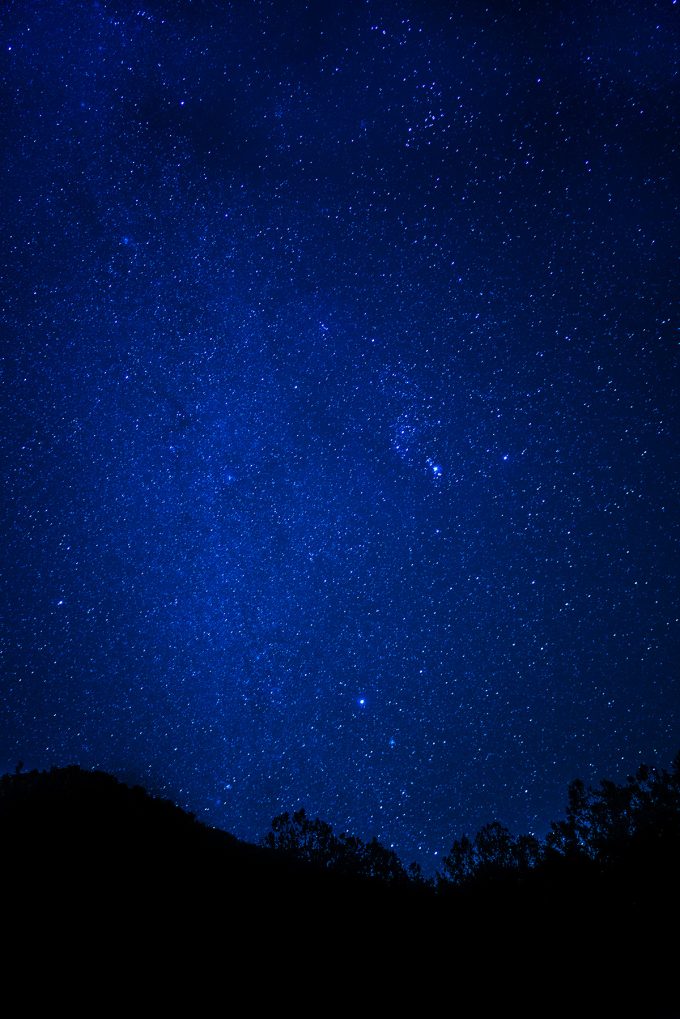
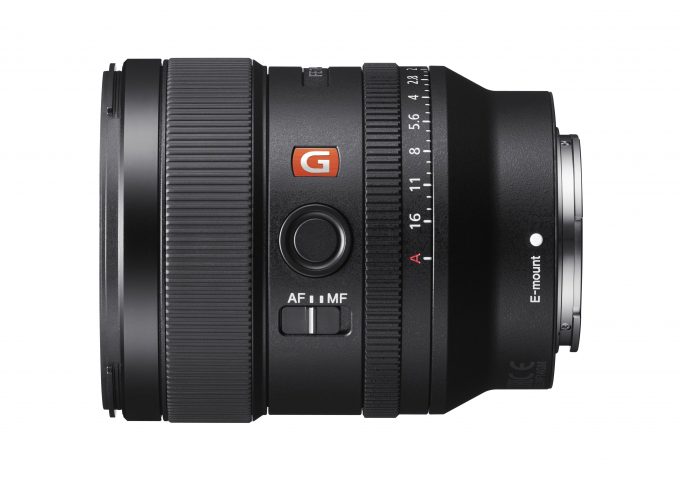
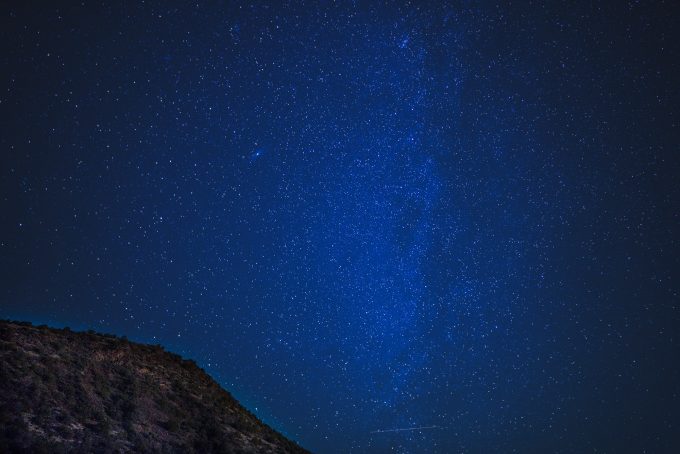
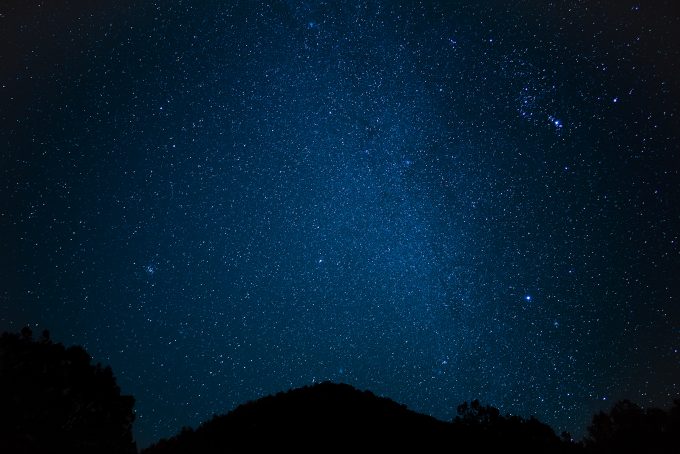
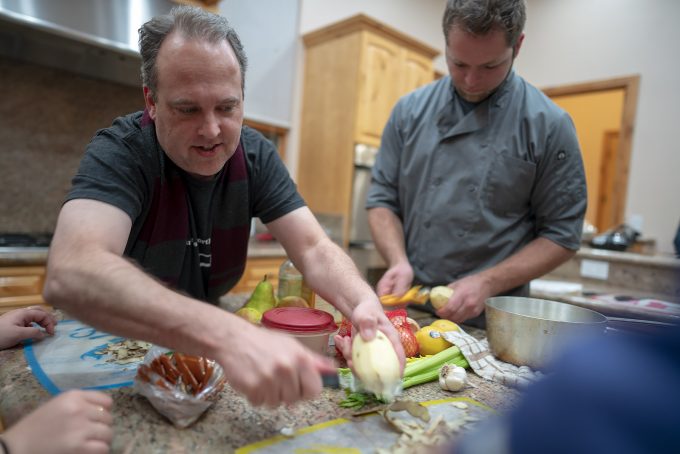


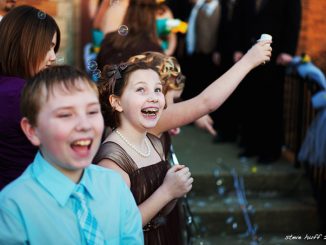
I haven’t watched a lot of Ted Forbes’s videos but he’s very pleasant and communicates very well. He’s likeable and he doesn’t try too hard – he’s very relaxed and relatable. Snapchick is quite a babe, but that’s another story. 😉
You’ve taken way more astrophotography photos than I have (virtually zero). I’m sure you’ve also seen a lot, both the good and the crap. Digital cameras still can’t do astrophotography properly – at least not Earthbound astrophotography. The images from telescopes, particularly orbital ones, are quite good. Maybe they use very different sensor technology.
Speaking of crap astrophotography, all digital cameras have the same flaw: they are too harsh with light sources. This Sony sensor seems the best I’ve seen so far. Perhaps there are filters which can take the edge off – something like a low-con for example. Having said that, digital sensors are cleaner and more sensitive than film. You can use an astro tracker on film cameras, but then you can’t include foreground objects in those shots.
The 24/1.4 looks amazing. Way better than zoom lenses like Canon’s 24-70/2.8. If your lenses have serious consistency issues across the frame, star fields will show those up.
So I wonder – if you took a really, really sharp 24/2 (or indeed the 24/1.4) and used a FLR on an APS-C camera, would the results be at least as good? Perhaps one of your readers can chime in on this. I’d love to see a comparison!
Thanks again for yet another post that’s informative and entertaining at the same time. Cheers!